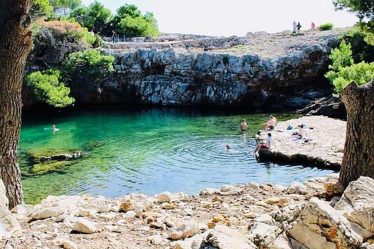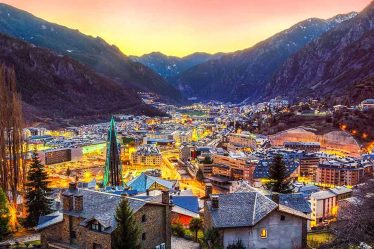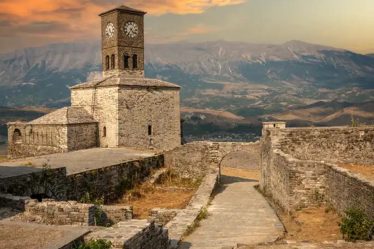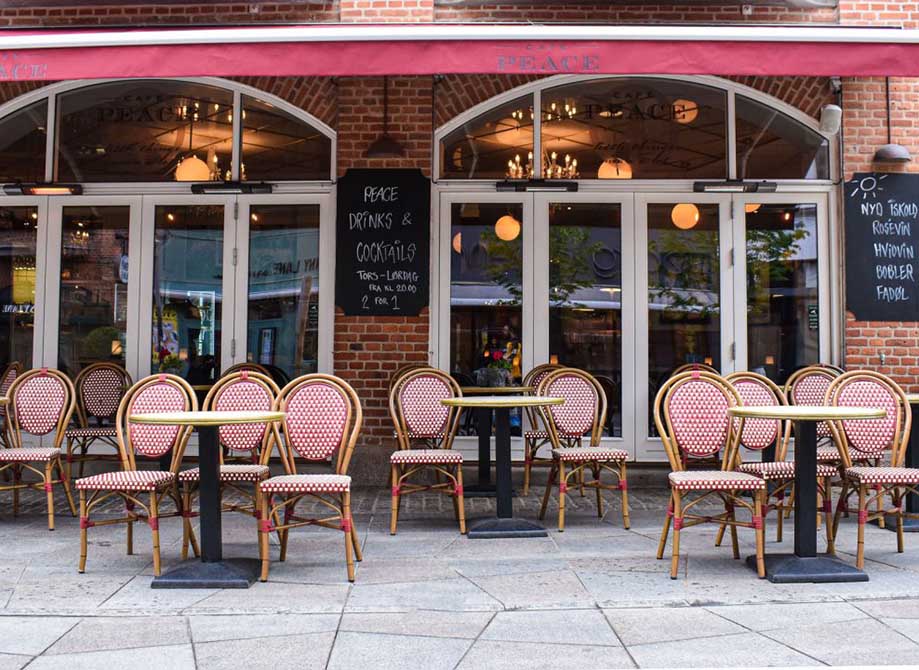
Aalborg often flies under the radar when travelers explore Denmark, overshadowed by Copenhagen’s grandeur or Aarhus’s youthful vibe. But that’s precisely what drew me to it. I didn’t come to Aalborg looking for the classic tourist trail. I came to explore its quieter corners, to find the character hiding in cobbled alleys, the untold stories within lesser-known museums, and the pulse of the city where locals gather, away from the limelight.
And let me say this up front: Aalborg may be a smaller city, but its hidden gems are packed with authenticity, creativity, and unexpected beauty.
First Impressions: Beyond the Guidebooks
Most people, when they think of Aalborg, might picture the Utzon Center or the buzzing waterfront. And while these are absolutely worth a visit, I made it a point to wander off the typical path. I ditched the pre-made lists and let curiosity guide me.
Walking along the Limfjord, I intentionally veered off from the polished promenade and entered the backstreets. That’s where I began uncovering the soul of the city — not in the sights that scream for attention, but in those that whisper.
The Secret Gardens of the City
One of the most unexpected places I stumbled upon was Kildeparken — often overlooked in favor of larger parks. Nestled between modern buildings and historical churches, this green haven is best known by locals for its “Singing Trees.” These trees aren’t just a poetic metaphor — they’re actually planted by famous artists who have performed in Aalborg, each with a speaker installed next to it playing their music. I spent an afternoon drifting from tree to tree, listening to Tina Turner and Elton John beneath the rustling leaves.
It’s surreal, really — sitting on a bench beneath an unassuming oak, hearing Andrea Bocelli’s voice filling the air. It’s an immersive, deeply personal kind of museum, hidden in plain sight.
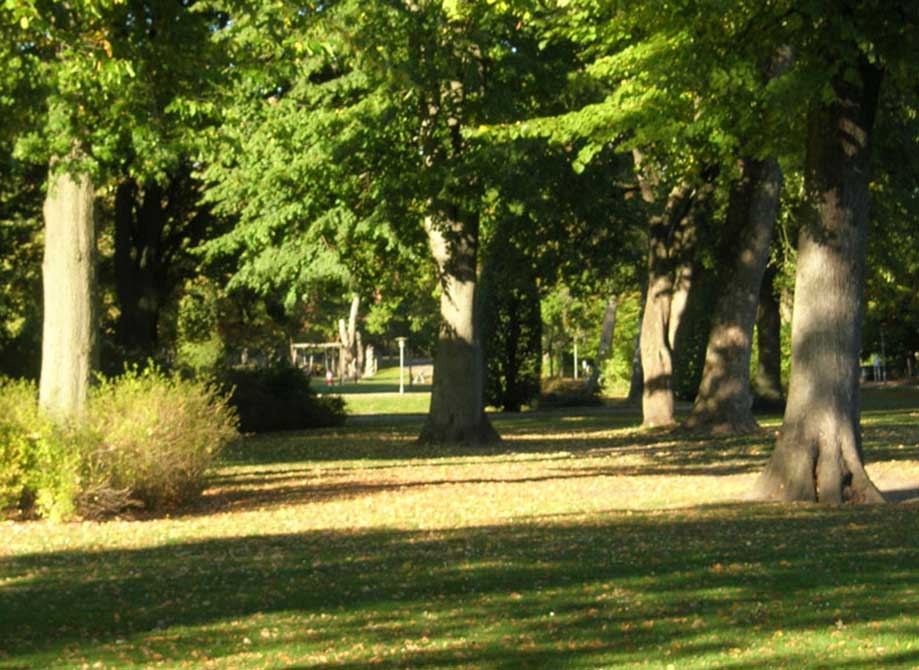
The Magic of Karolinelund
Another discovery I didn’t expect was Karolinelund Park — a former amusement park turned urban cultural space. There’s no big signage or flashy entrance. Just a path, a bit worn out, that leads you into an open area filled with graffiti art, DIY benches, skate ramps, and popup events. When I walked in, a group of teenagers were painting a new mural while a man nearby practiced fire dancing.
There’s an energy here — raw and unsupervised — that feels different from the polished museums or curated exhibitions. It’s real, spontaneous, and entirely driven by locals. I sat down with a coffee from a nearby kiosk and just watched life unfold: a dog chasing a frisbee, a street artist sketching faces, a woman in her sixties doing tai chi. It was community in motion, and I loved it.
Aalborg Kloster: A Quiet Sanctuary
Tucked just off the busy Boulevarden lies Aalborg Kloster, one of Denmark’s oldest social institutions. From the outside, it looks like another charming medieval building, but stepping through the archway felt like crossing into another era. The noise of the city disappeared almost instantly, replaced by the chirping of birds and the soft echo of footsteps on cobblestones.
The cloistered courtyard was stunning — simple, serene, and utterly peaceful. I wandered through the old chapel and tiny museum inside, learning about the building’s transformation over centuries from a monastery to a care home. The history here doesn’t announce itself loudly, but it sits like a silent witness, woven into the walls.
What touched me most was the respect with which the place is maintained. There’s no commercial push, no overdone signage — just a dignified sense of continuity.
House of Music’s Hidden Corners
I’d heard about Musikkens Hus — the grand concert hall by the fjord — but what intrigued me wasn’t the main stage or even the architecture (though both are impressive). It was the small performance spaces and rooftop views that took me by surprise.
Through a bit of polite asking and some lucky timing, I joined a mini tour and ended up in the lesser-known areas of the building. One intimate hall, tucked away from the main venue, was being prepped for a small jazz trio later that evening. The acoustics in that tiny room were astonishing. You could hear a whisper from across the space.
And the rooftop — oh, the rooftop! There’s a small, quiet spot not widely advertised where you can watch the Limfjord shimmer under the shifting Nordic sky. I stood there for what felt like hours, watching boats move across the water and clouds roll in, completely undisturbed.
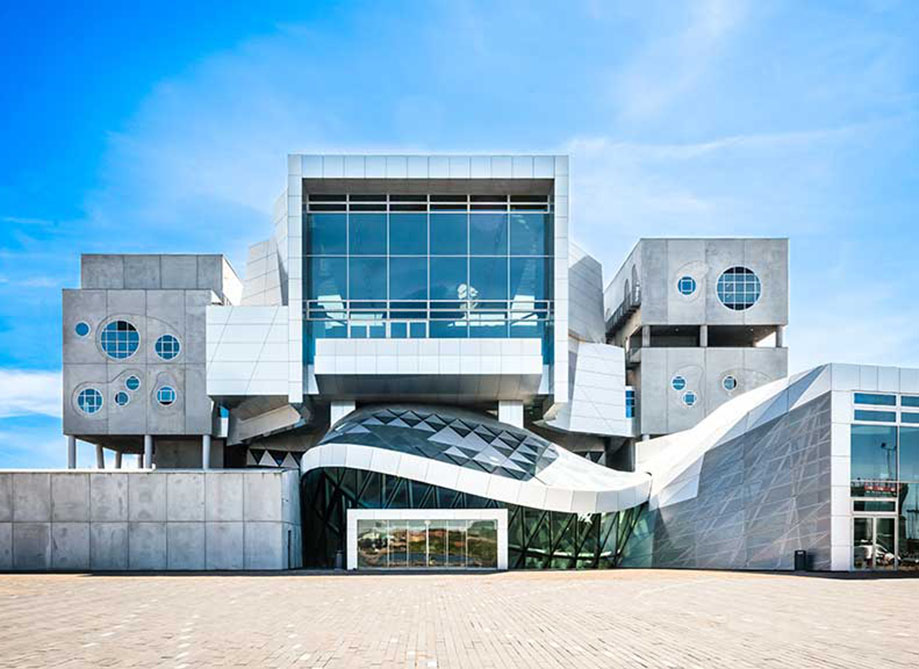
The “Underground” Gallery of Nordkraft
Nordkraft is a place that gets some attention — a transformed power plant that’s now a cultural hub. But not everyone ventures past the cafes and concert spaces to its basement level. That’s where I found one of the city’s best-kept secrets: a rotating underground art gallery filled with installations from emerging Nordic artists.
The lighting is moody, the walls bare and industrial, and the artworks — bold, provocative, sometimes strange — fill the space with intensity. There was one installation in particular, a series of mirrored sculptures with timed lights and sound, that left me completely captivated. I felt like I had entered another dimension, or someone’s fever dream.
This gallery doesn’t always make it into tourist itineraries, but it should. It’s the kind of place where you feel art, rather than just observe it.
Søndre Kirkegård: Serenity Among Stories
Cemeteries are not everyone’s idea of a sightseeing spot, but Søndre Kirkegård was an unexpectedly moving experience. Quiet, leafy, and dotted with beautiful sculptures and gravestones from centuries past, it’s a place where stories are carved in stone.
What makes it so compelling is the sense of intimacy. I read names and dates and tried to imagine the lives that once filled the streets I now walk. One gravestone was adorned with little ceramic birds and a faded photograph — clearly a child’s resting place. It reminded me that history isn’t just in museums, but in these quiet, uncelebrated spaces.
Local Cafés That Feel Like Living Rooms
Aalborg’s hidden gems aren’t only landmarks — they’re also its cozy, character-rich cafés tucked into unexpected corners. One of my favorites was Café Peace, hidden behind a bookshop, where the baristas know your name by your second visit and serve coffee in mismatched cups. There’s a small back room lined with secondhand books, and the walls are covered with handwritten poems and concert flyers.
Another gem was Ulla T & Co., a quirky, vintage-style café that feels like walking into your eccentric aunt’s living room. Floral wallpaper, antique teacups, board games, and the best carrot cake I’ve had in a long time.
These spaces weren’t just places to refuel — they became part of the experience. I spent as much time talking to locals in these cafés as I did exploring sights. Their recommendations led me to places I never would have found alone.
Reflection: What Hidden Really Means
What struck me most about Aalborg’s “hidden” places is that they’re not hidden in the traditional sense — not locked away, fenced off, or buried behind logistics and effort. They’re hidden because they don’t ask to be seen. They don’t clamor for attention or compete for tourist rankings. Instead, they exist quietly, unassuming and content, like old friends who don’t need to impress you to be loved. That kind of confidence — or perhaps humility — is what gives these places their unique charm.
Unlike cities that lay out all their attractions in neat lines and guided itineraries, Aalborg invites you to wander. It doesn’t push you toward highlights; it nudges you gently, asking only that you remain curious. That’s the real gift. There’s a softness to the experience of discovering this city — a sense that you’re not just sightseeing, but slowly being let in on a local secret.
Traveling here wasn’t about checking boxes or racing from attraction to attraction. There was no anxiety about seeing “everything,” because the most memorable moments weren’t listed in any brochure. Instead, they unfolded organically — a quiet bench beneath a singing tree, an art installation discovered in a basement gallery, a conversation over coffee that led me down an alley I never would’ve noticed otherwise.
This kind of travel demands presence. You have to slow down, listen, and allow space for wonder. It’s not passive — quite the opposite. It requires you to tune in, to really see what’s around you. The reward isn’t just aesthetic or historical. It’s emotional. You feel connected — not just to the place, but to the people who shape it.
I realized something walking through Aalborg: not all treasures announce themselves. Some wait quietly, offering their beauty only to those who take the time to notice. There’s something deeply respectful about that. The city isn’t putting on a performance for tourists; it’s simply living its life, generously allowing you to step into it if you choose.
And that’s the difference. In cities built around tourism, you sometimes feel like a consumer. In Aalborg, I felt like a guest.
So, if you ever make it here — and I hope you do — I urge you to arrive without a strict plan. Let the city unfold around you. Be willing to get a little lost. Step into a courtyard that doesn’t seem like much at first glance. Accept a recommendation from someone at a café. Watch the light change on the fjord without checking your watch.
Because in Aalborg, what’s hidden isn’t really hidden at all. It’s just waiting — patiently and quietly — for you to slow down enough to find it. And when you do, you’ll understand why the most meaningful discoveries are often the ones we don’t go looking for.
